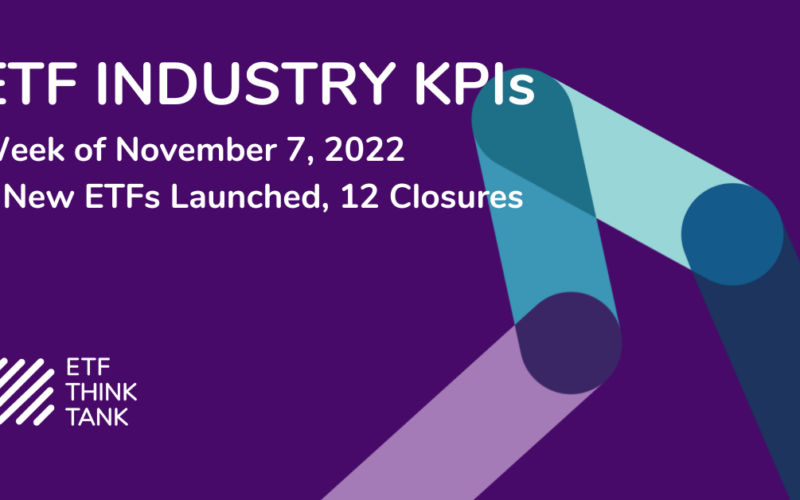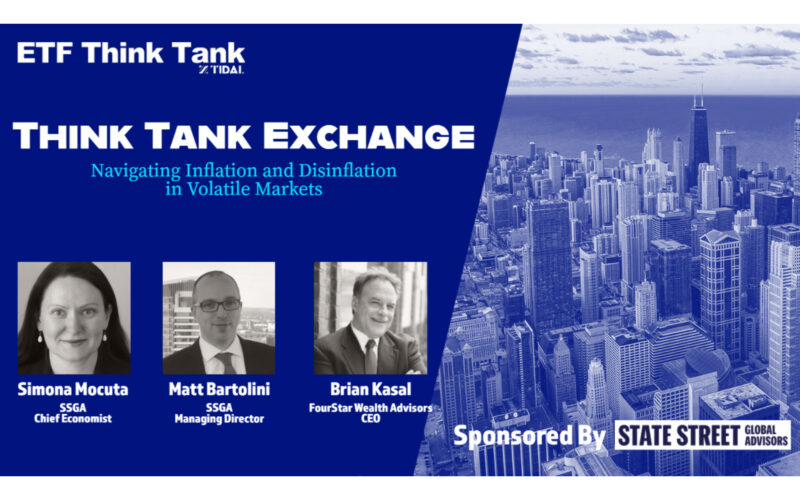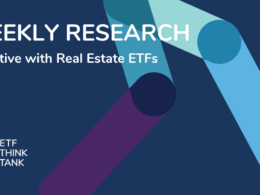Is the Bear Market Ending? Changing Fixed Income Conditions. Should we be More Worried about Inflation or Deflation Going Forward?

The thawing of the bear market in fixed income leads to many questions. Conditions and sentiments may be changing, but the narrative will be fluid as markets measure concerns around inflation, disinflation, stagflation, and recession. Moreover, the safety, steadiness, and predictability that the bond bulls have enjoyed for the past 40 years feels broken. If you are feeling betrayed by the 2022 bear market in fixed income, you are not alone. Good news, though – we are definitely better off with the moves made by the FOMC. Although they were delayed and aggressive, we are lucky they were not slower. As illustrated in the below chart, the Fed has been extraordinarily aggressive by steadily raising rates with the goal of “taming inflation.”

Source: Federal Fund Rate History 1990 To 2022 by Taylor Tepper
After such an aggressive and rapid rise in interest rates, it would be fair to assume that most of the damage is done from a bond math perspective. Now, the uncertainty surrounds the fall out that may come in the form of an economic or earnings recession. Layoffs by large firms have been very evident, and it is clear that many companies simply got too fat; especially in technology. The question now: will small- and mid-sized firms pick up the slack? This question is addressed in the State Street Global Advisors Weekly Economic Perspective, written by the team at SSGA (led by Chief Economist Simona Mocuta): “There are some oddities (one might say contradictions) within the details as well. While job openings at medium to large firms have turned meaningfully lower, they have held up extremely well at firms with less than 50 employees.” (Read the full article by clicking here.) The Fed’s inflation calming is clearly also targeted at increasing unemployment, and as such, transitioning from an inflationary cycle to a disinflationary cycle, where higher wages are less sticky.

It is a tricky balance for sure, and as the chart below highlights, a challenging balance between tight credit standards and pressure on profits. All this leads to an ETF idea to consider. How about potentially getting the best of deep-dive credit analysis across High Yield, Bank Loans and CLOs? In the SPDR Blackstone Income ETF (HYBL), relative value across these three asset classes are actively pursued, which enables the portfolio manager to drill down on duration risk, market dispersions, and yes, credit opportunities, in a targeted manner. Note that this is the same team that manages the SPDR Blackstone Senior Loan ETF (SRLN), but in this case, the active mandate is more dynamic and will require a nimbler approach. We think this approach is something necessary that fits with a core satellite strategy in fixed income. The fact is that we all might have our own views on the direction of interest rates, but most will agree that fixed income volatility will persist.

ETF Choices
This is why a focus on fixed income and credit is timely in our Structure Matters Series. Using the ETF Think Tank ETF Finder, we note that there are 510 different fixed income choices with total AUM of $1.218 trillion (as of November 5, 2022). This KPI is often overlooked, but it is truly very powerful, given that it reflects so many innovative choices. Furthermore, it is noteworthy that active choices represent 192 ETFs, or 37% of the choices, and only a mere 10.3% of the AUM. For this reason, a sniper-like approach may work best with fixed income in 2023 and 2024. Put differently, we do not believe that a passive approach in fixed income will work well in 2023 and 2024, meaning financial advisors will need to be more active with their decision making, or be better served to outsource the role to active managers. After all, a rally would require a pivot by the Fed due to recessionary concerns, and credit concerns could surprise many.

Further to the point, we encourage our readers to closely review the high yield choices, both taxable (AUM $59.7 billion) and more narrowly tax-free (AUM $5.6 billion) using the ETF Finder. Of course, in reviewing those markets, investors and financial advisors may find signals in measuring current conditions, or active solutions that can pivot across fixed income asset classes.
High Yield Corporate Bonds


High Yield Municipal Bonds
The municipal market is another area of opportunity that investors should be reviewing for tactical opportunities and a strategic pick-up in yield and credit quality. Volatility will create opportunities and this area has solid credit diversification. To this point, we are reminded that to some degree, HYLD was a useful metric in March 2020 to measure price discovery in the asset class of High Yield Municipal Bonds. At the bottom of the Covid decline, High Yield Municipal ETFs fell by about 30%, and at the bottom traded with about a 4% discount from NAV. Over the years, including 2020 and 2014, we have enjoyed access to Jim Colby, the portfolio manager of Vaneck’s HYD and SHYD. The 2014 Interview, Structure Matters: Colby on Muni Bond highlights Jim’s deep dive on the market.

There are many similarities between HYD and HYMB on the surface. Both are passive funds, charge 35 bps, and are long duration (emphasis is on 10 years plus). They are also both very diversified in their indices, with HYMB holding about 1,835 positions and HYD holding 1,583. Given all this, it is no surprise the yields currently are also similar. 12 -month yields are 4% and 3.79% respectively. HYD is down 16.38% YTD while HYMB is down 16.80%. By comparison, MUB is down 9.18% and SHYD is down 10.75%. All this leads to the question: are flows accelerating from HYD to HYMB? As the above chart shows, YTD flows into HYD have mostly stayed flat while HYMB flows have increased, as measured by outstanding shares climbing from 31.7 million shares to 42.6 million.

Summary
We can be hopeful that the actions of the FOMC and other global central banks may be bringing the bear market for fixed income a sense of stability. Point of fact, the steepness of the rise in interest rates probably puts bond math 101 disruption mostly behind us. Nevertheless, economic conditions will remain unclear, and pending volatility from credit spreads will create opportunity across the asset class. We see an active approach to security selection targeted at high yield as an area to consider to add value.
Disclosure
All investments involve risk, including possible loss of principal.
This material is provided for informational purposes only and should not be considered an individualized recommendation or personalized investment advice. The investment strategies mentioned may not be suitable for everyone. Each investor needs to review an investment strategy for his or her own particular situation before making any investment decision.
All expressions of opinion are subject to change without notice in reaction to shifting market conditions. Data contained herein from third party providers is obtained from what are considered reliable sources. However, its accuracy, completeness or reliability cannot be guaranteed.
Examples provided are for illustrative purposes only and not intended to be reflective of results you can expect to achieve.
The value of investments and the income from them can go down as well as up and investors may not get back the amounts originally invested, and can be affected by changes in interest rates, in exchange rates, general market conditions, political, social and economic developments and other variable factors. Investment involves risks including but not limited to, possible delays in payments and loss of income or capital. Neither Toroso nor any of its affiliates guarantees any rate of return or the return of capital invested. This commentary material is available for informational purposes only and nothing herein constitutes an offer to sell or a solicitation of an offer to buy any security and nothing herein should be construed as such. All investment strategies and investments involve risk of loss, including the possible loss of all amounts invested, and nothing herein should be construed as a guarantee of any specific outcome or profit. While we have gathered the information presented herein from sources that we believe to be reliable, we cannot guarantee the accuracy or completeness of the information presented and the information presented should not be relied upon as such. Any opinions expressed herein are our opinions and are current only as of the date of distribution, and are subject to change without notice. We disclaim any obligation to provide revised opinions in the event of changed circumstances.
The information in this material is confidential and proprietary and may not be used other than by the intended user. Neither Toroso or its affiliates or any of their officers or employees of Toroso accepts any liability whatsoever for any loss arising from any use of this material or its contents. This material may not be reproduced, distributed or published without prior written permission from Toroso. Distribution of this material may be restricted in certain jurisdictions. Any persons coming into possession of this material should seek advice for details of and observe such restrictions (if any).












